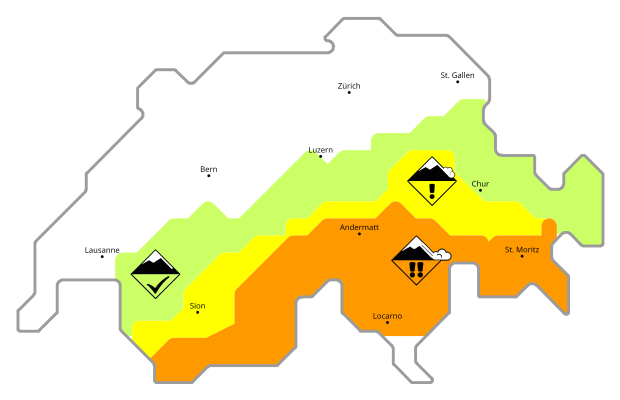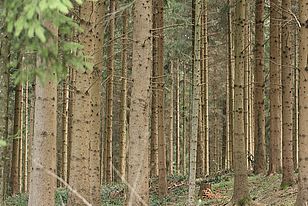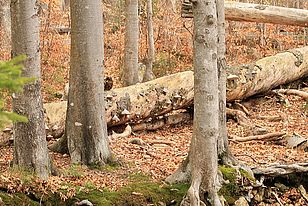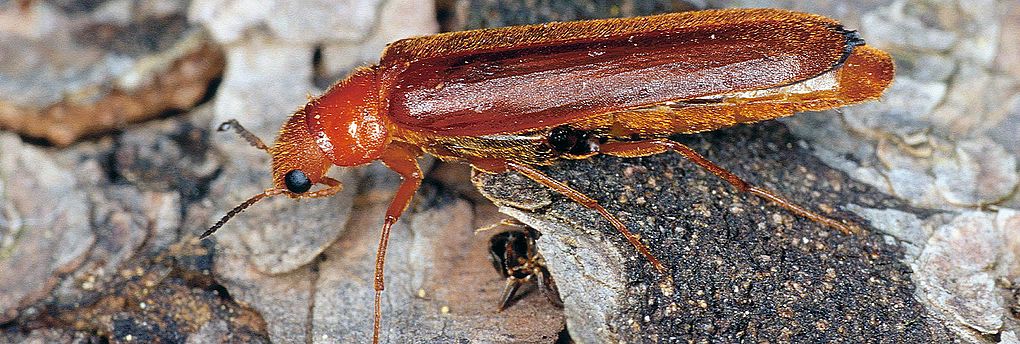
Deadwood
Deadwood is of major importance for biodiversity in forests: about one fifth of forest organisms use deadwood as a habitat and food source. But the population of numerous deadwood species is declining.
Contents
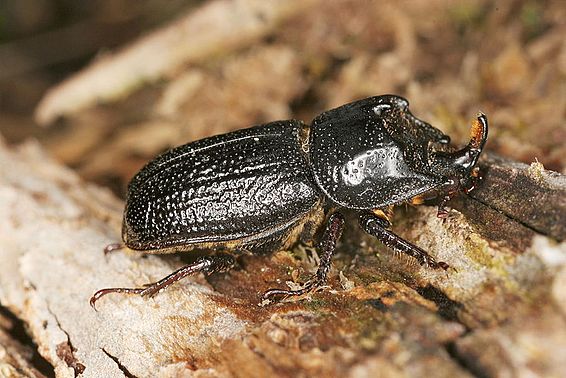
Roughly 6,000 species of insects, fungi, vertebrates and plants in Switzerland depend on old trees and deadwood. Breeding birds find nesting opportunities in the cavities of old tree trunks, and specialized insect larvae can develop in the mulm of these cavities. This ensures birds and other insectivores have filled pantries, and the nutrients present in the wood are a food source for fungi.
To maintain this biodiversity, the resource deadwood must be present in sufficient quantity over long periods of time. In the former primeval forests, 20-50% of the trees were old or dead at any given time. Today, however, there is often too little of it in managed forests.
Although the amount of deadwood in the forest has been increasing again since the middle of the 20th century, many species that depend on deadwood (=xylobionts) are endangered.
Reasons for the decline of deadwood species
- the exploitation of trees before they reach their old age and, consequently, the absence of old habitat trees,
- the disappearance of ancient trees in semi-open wooded pastures and traditional "selvas" (areas of pasture, individual trees and small patches of forest that are part of the forest,
- the often still systematic clearing of "damaged wood" after storms or forest fires,
- the absence of large-dimension deadwood in advanced stages of decay,
- the increasing use of low-quality, small-diameter wood as energy wood.
However, providing enough deadwood alone is not always enough. Many longhorned beetles and jewel beetles develop in deadwood but, as adults, depend on flower pollen for food.
